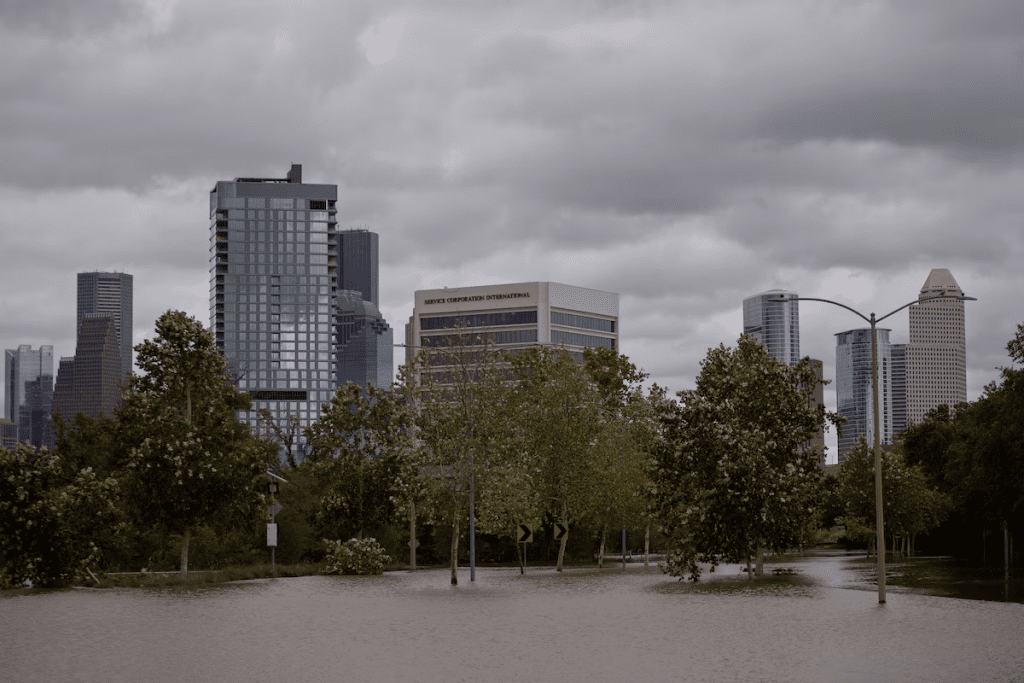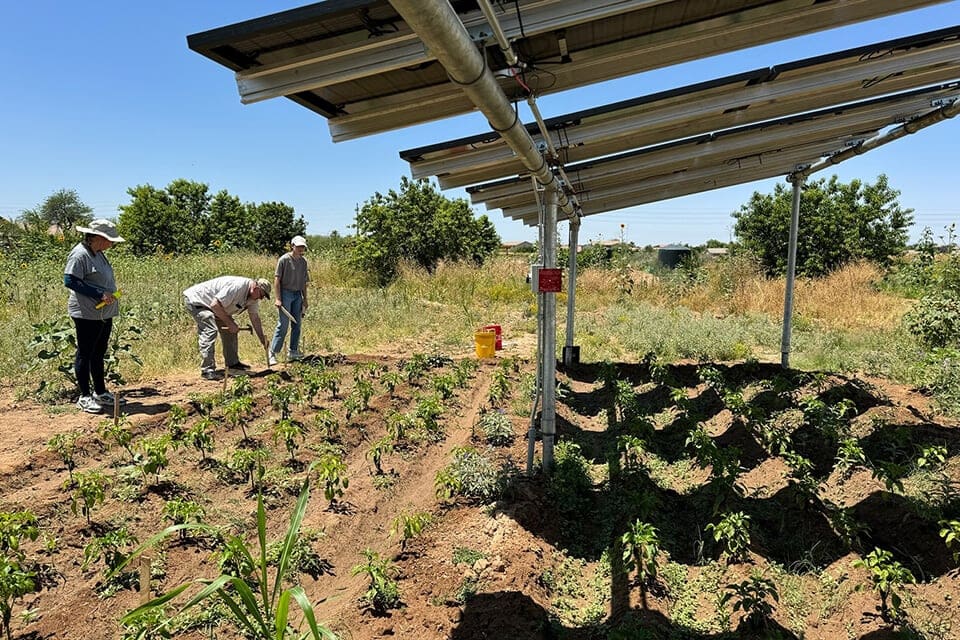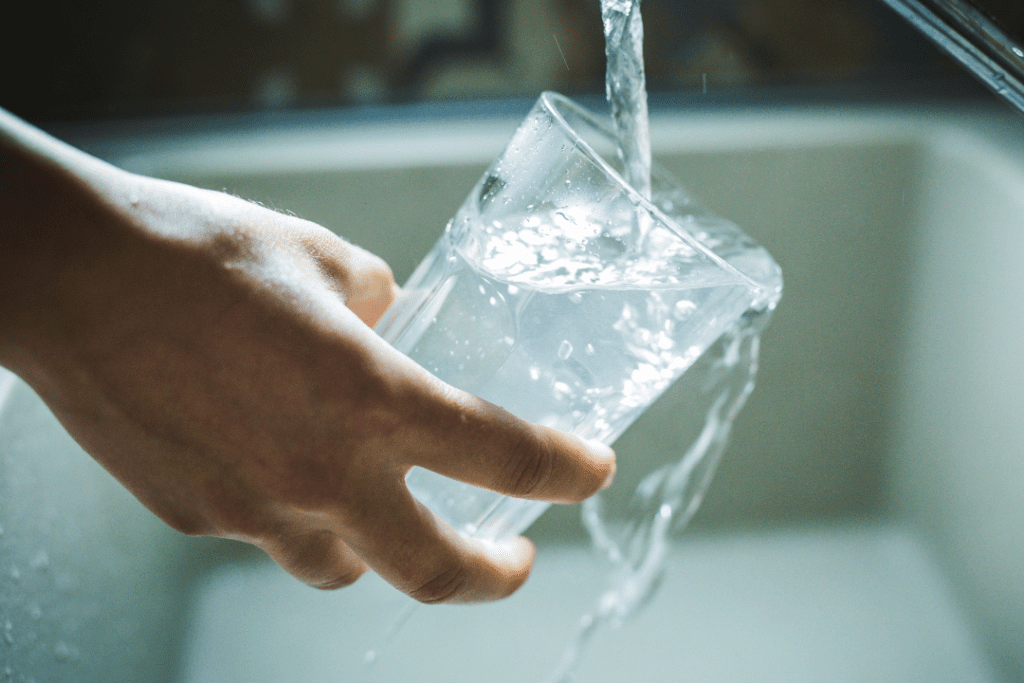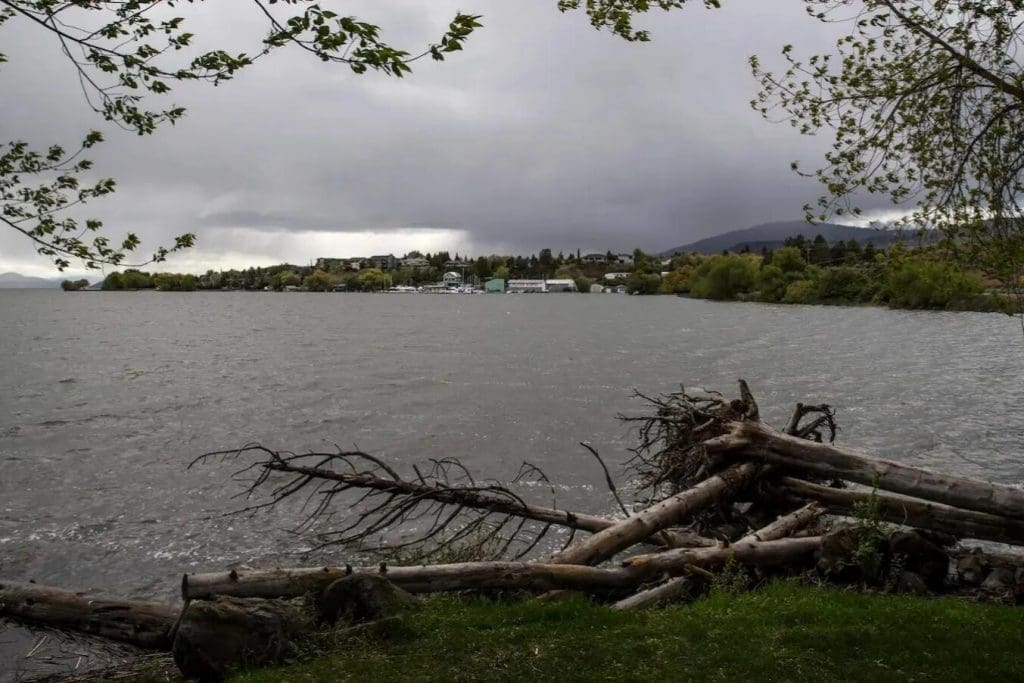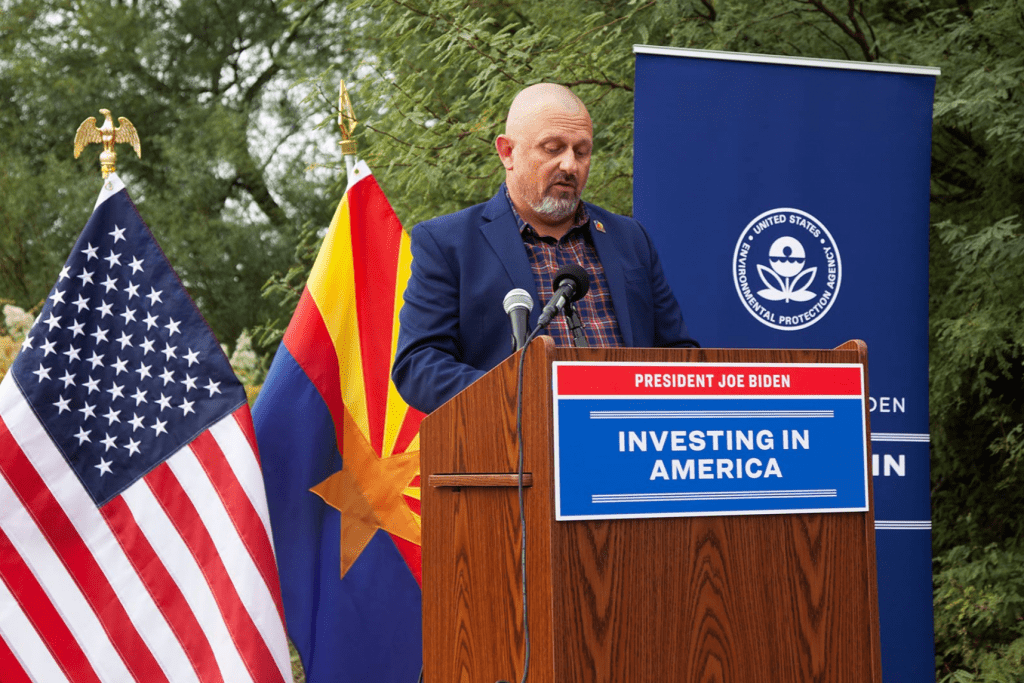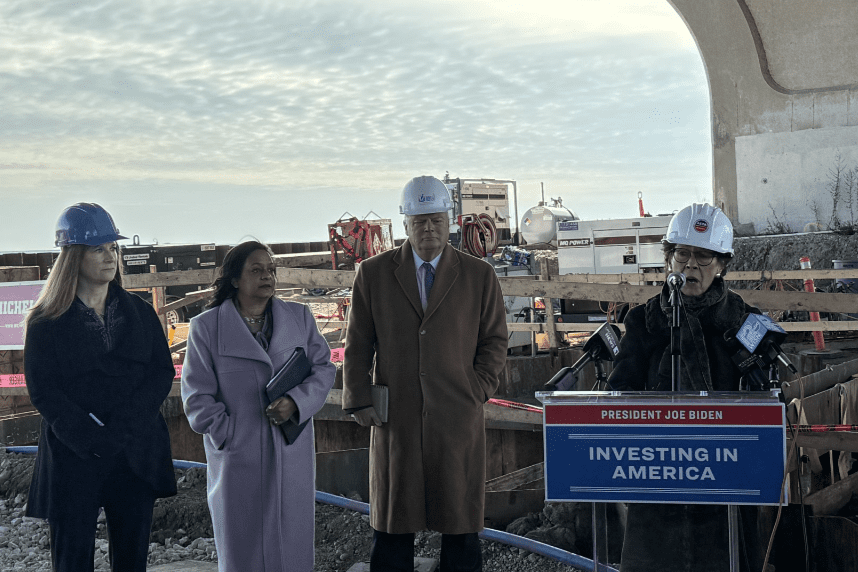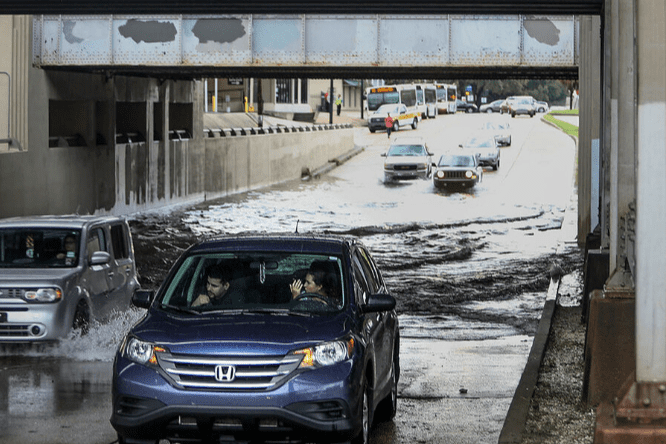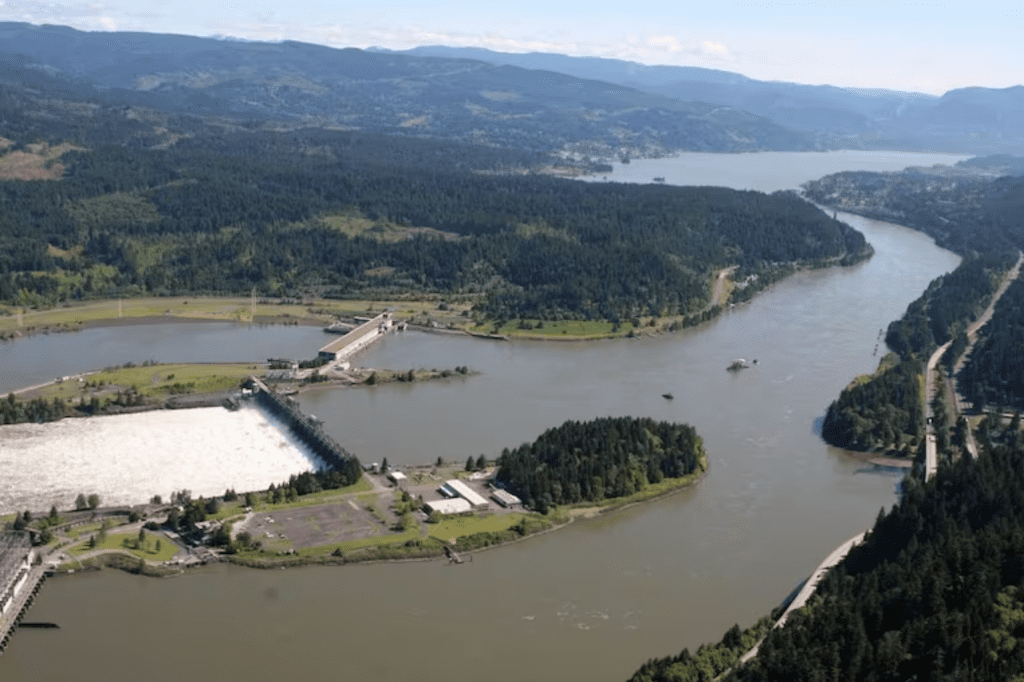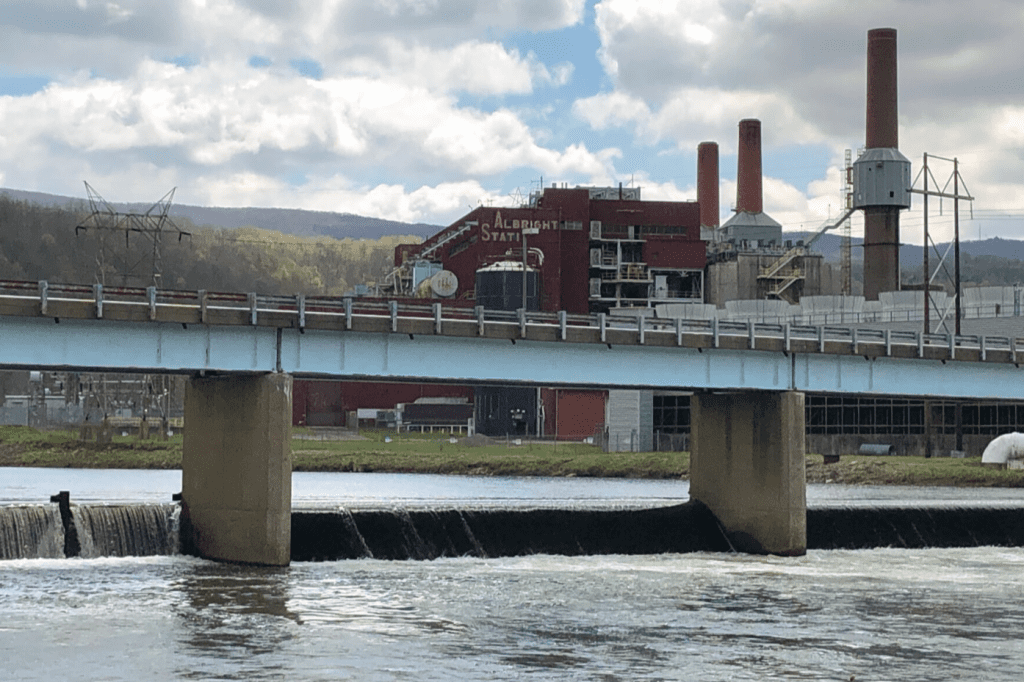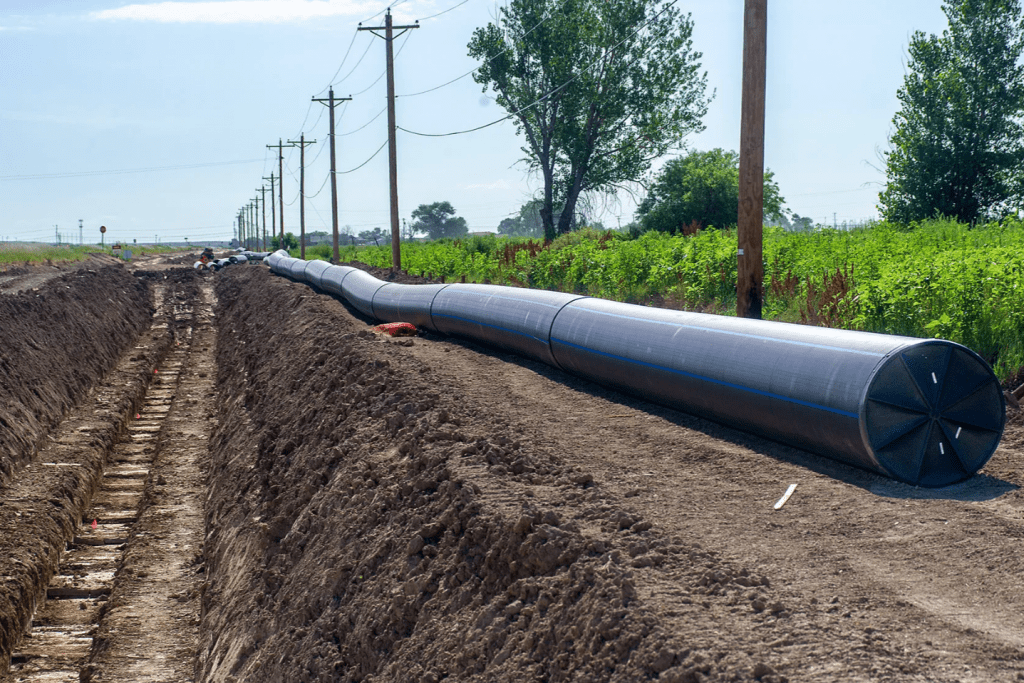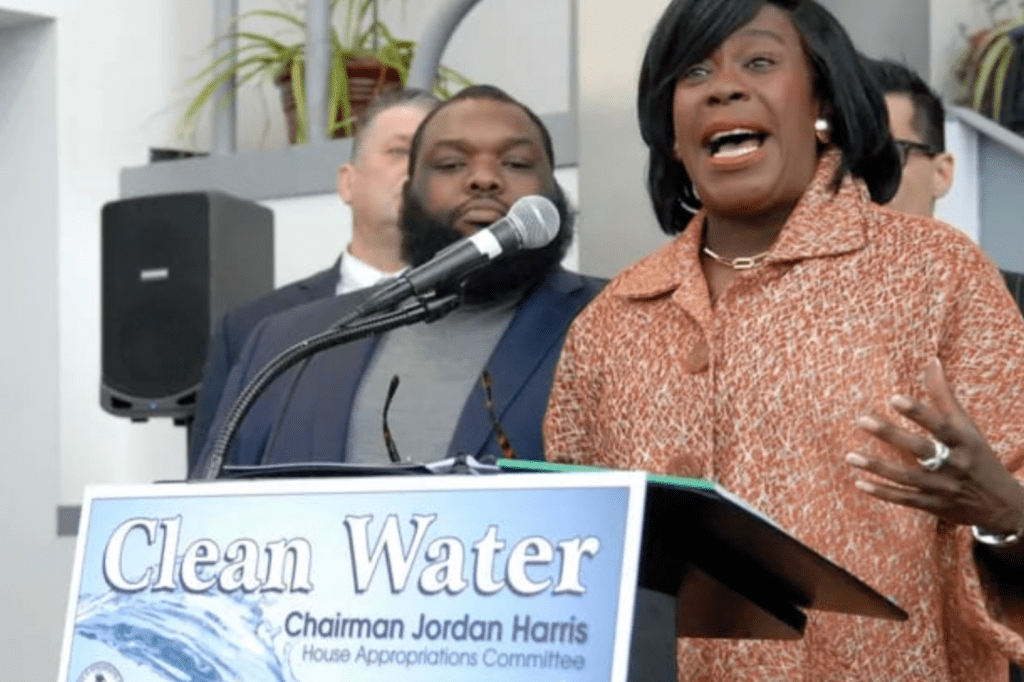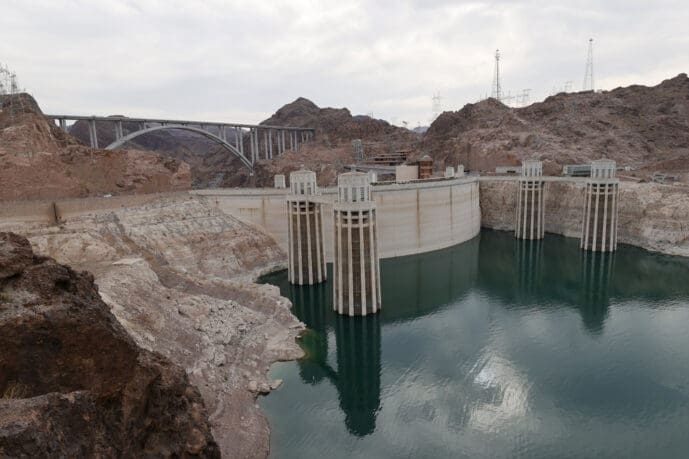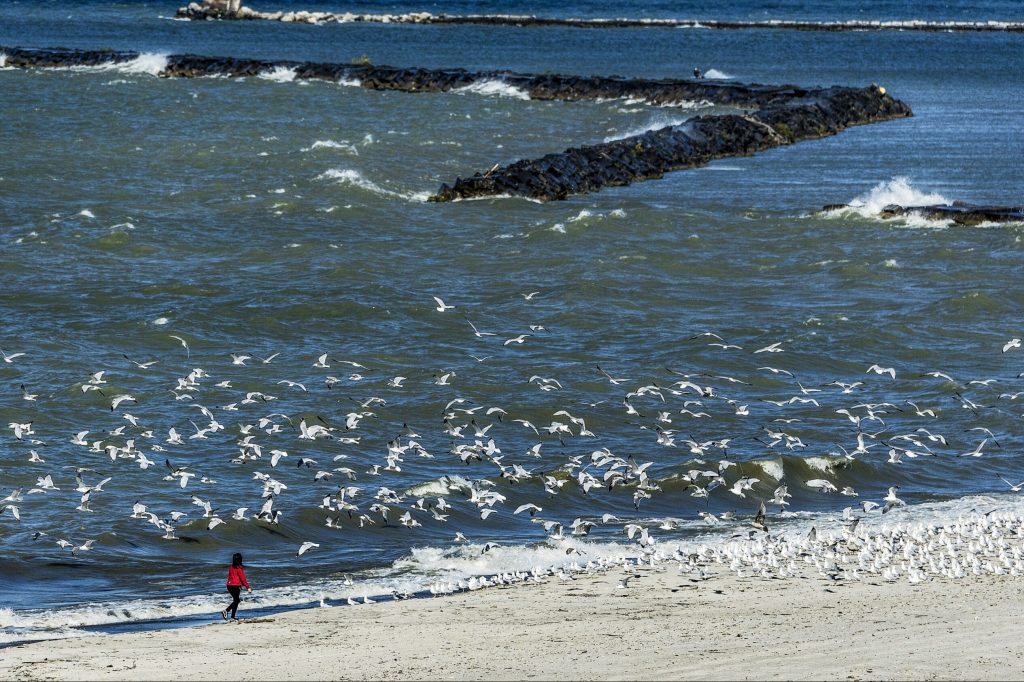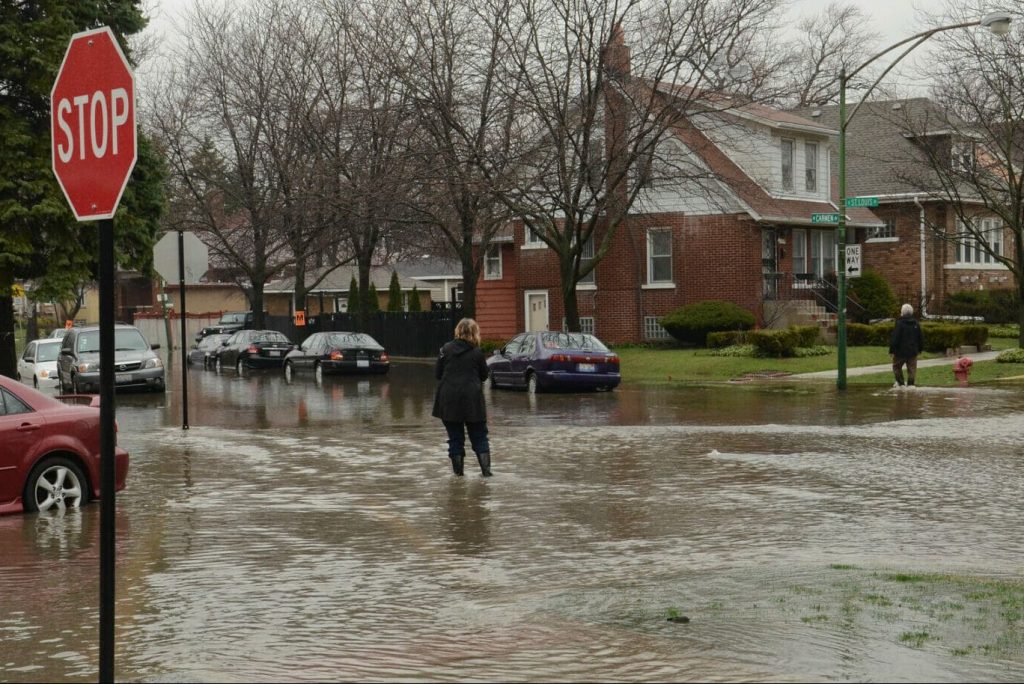Media Center
After decades of declining federal water spending, the Bipartisan Infrastructure Law (BIL) included a historic sum to update our public plumbing and help communities prepare for a climate-changed future. A few months later, the Inflation Reduction Act (IRA) built on this investment with billions more for drought and flood resilience.
This media center is designed to help journalists and content creators understand what’s in the infrastructure laws for water, where dollars are going, and what their impact will be in communities and ecosystems.
Just Infrastructure news
Wetlands to water mains
Infrastructure is much more than just pipes and treatment plants. It includes the forests that feed rivers, wetlands and oyster beds that protect communities from flooding, green streets and rain gardens that soak up rain and runoff, and more.
Both infrastructure laws include substantial money for green or nature-based projects, which has historically been underfunded, despite its potential to multi-solve water and climate challenges while saving money. So far, BIL and IRA dollars have helped restore wetlands, slow and spread urban runoff, remove or update dams, and modernize irrigation canals.
Follow the money
Most federal drinking and clean water dollars flow through the EPA to states, territories and Tribes via State Revolving Funds in the form of grants and low-interest loans. While the EPA has outlined implementation guidance, most decisions about where water infrastructure dollars are spent happen at the state level. Historically, water systems serving people of color have received less assistance, but the Justice 40 Initiative is an opportunity to shift this, and environmental finance centers are working around the country to connect communities to federal dollars.
Core areas of focus
There are dozens of programs funded by the Bipartisan Infrastructure Law and Inflation Reduction Act that touch water, but we’ve chosen to focus this website on three issues that are impacting communities across the country and stand to see real progress with this historic infusion of federal dollars:
Flood Justice
Rising seas and stronger storms have put 17 million homes at risk of flooding, and the nation’s levees and stormwater systems received a D grade by the American Society for Civil Engineers. Funding in the Bipartisan Infrastructure Law and Inflation Reduction Act will help shore up engineered protections and update sewer systems prone to spilling, and support natural infrastructure like green streets and wetlands that help to slow and spread water before it rushes into roads and basements.
Spokespeople
Priscila Alves
University of Maryland Stormwater Infrastructure and Justice Lab
Can talk about how race and class impact flood risk
Melissa Roberts
American Flood Coalition
Can talk about flood risks and solutions local leaders are working on
Harriet Festing
Anthropocene Alliance
Can talk about her group’s work connecting frontline communities to federal funding
Katherine Egland
Education, Economics, Environmental, Climate And Health Organization
Can talk about flood preparedness work in Gulfport, MS
David Southgate
Un Nuevo Amanecer
Can talk about hurricane recovery and resilience in Playa de Ponce, Puerto Rico
Story ideas
Greening without gentrification
Is your city putting vulnerable residents at the center of resilience plans? What efforts are being made to prevent displacement?
Green and blue jobs
Research local job opportunities and workforce programs training residents in climate adaptation.
Sewage stinks
Sewage spills are on the rise as the climate changes–is your city tapping federal dollars to update storm and wastewater systems or soak up rain with green infrastructure?
Multi-benefit green spaces
Are there new parks, gardens, or green streets being built in your region with federal flood dollars?
Reversing past discrimination
Is Justice 40 helping to direct resilience dollars to disinvested neighborhoods?
Safe Water and Sanitation
Safe water and sanitation are the foundation for public health, but many communities have been denied these essential services through disinvestment that has left 2 million people in the U.S. living without running water or flush toilets and millions more with toxic taps. Fortunately, the Bipartisan Infrastructure Law at last reversed a decades-long decline in federal water spending. It includes more than $50 billion to replace lead pipes, test and treat PFAS “forever chemicals,” and close long-standing infrastructure gaps in communities lacking access to basic water services.
Spokespeople
Richard Diaz
Blue Green Alliance and Coalition on Lead Emergency
Can talk about lead pipes and jobs, especially in the Great Lakes region
Monica Lewis-Patrick
We the People of Detroit
Can talk about water safety, access and affordability
Heather Tanana
University of California, Irvine
Can talk about water and sanitation needs in Indian Country
Story ideas
Water infrastructure needs in your state
Where are federal drinking water dollars flowing?
What long-standing infrastructure gaps in Indigenous communities are finally being addressed?
Water workforce
What efforts are being made to ensure jobs in plumbing, pipefitting, construction, and other jobs are accessible to local residents?
The fight for clean water
What are the primary drinking water contamination concerns in your area, and what is being done to address them?
Reversing past discrimination
Is Justice 40 helping to direct resilience dollars to disinvested neighborhoods?
Living with Drought and Weather Whiplash
Increasingly, infrastructure built to control water is failing in the face of megadroughts and super storms. While weather whiplash is happening across the country, the long-term trend in the Western U.S. is toward warming and drying, making it especially important there to make the most of every drop of rain or snow. BIL and IRA funding are supporting a range of drought preparedness projects, from water efficiency to large-scale recycling, but nature-based infrastructure like wetlands and floodplains do double duty, helping boost resilience to both droughts and flooding.
Issue Brief
Are IRA drought dollars funding resilience?
Spokespeople
Frank Ruiz
Audubon
Can talk about restoration efforts in California’s Salton Sea, where the drying lake is unleashing toxic dust
Vanessa Puig-Williams
Environmental Defense Fund
Can talk about water access and drought preparedness in the Texas colonias
Nataly Escobedo-Garcia
Leadership Counsel for Justice & Accountability
Can talk about dry wells and drought solutions in California’s Central Valley
Story ideas
What steps is your state taking to protect and recharge aquifers?
Taking notes from beavers
Are there projects in your region that mimic nature, like human-made log jams, to restore river and forest health?
Irrigation efficiency
What kinds of irrigation updates are being made to balance the needs of fish and farms?
Keeping water flowing during drought
What projects are helping to conserve or reuse local water supplies?
Turning the tide on saltwater intrusion
Are there rivers or aquifers in your region at risk from saltwater intrusion? What is being done to prevent it?
Future of farming
Are there farmers in your area piloting low water crops like agave, guayul, or kernza, or working to rebuild soil health?

